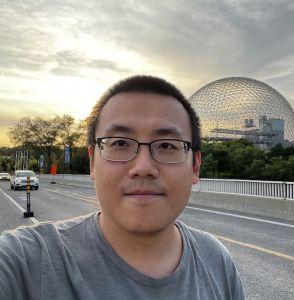A major concern of Dr. Hou's research field, topological data analysis (TDA), is on understanding the 'shape' of data in a theoretically rigorous way through the mathematical lens of algebraic topology. He has also been actively engaging in applications of his research to interdisciplinary problems and to other fields in computer science such as visualization and geometry processing. He is especially interested in the interplay of TDA with machine learning given that the contemporary machine learning algorithms typically focus on the geometrical properties of data. This provides vast opportunities for finding ways to exploit the data's topological attributes on how points in the spaces connect to themselves.
Besides applications, a major achievement of Dr. Hou's theoretical research is on the complexity for computing certain important descriptors in TDA. Specifically, with collaborators, he has improved the time bound for the computation of the topological descriptor called Zigzag Persistence on several problems including: (1) computing the barcode from a zigzag filtration; (2) computing zigzag barcodes for graph filtrations; (3) updating zigzag persistence over local changes; (4) updating zigzag persistence for graph filtrations; (5) computing representatives for zigzag.


